1. S&H Green Stamps: Collecting for Treasured Rewards
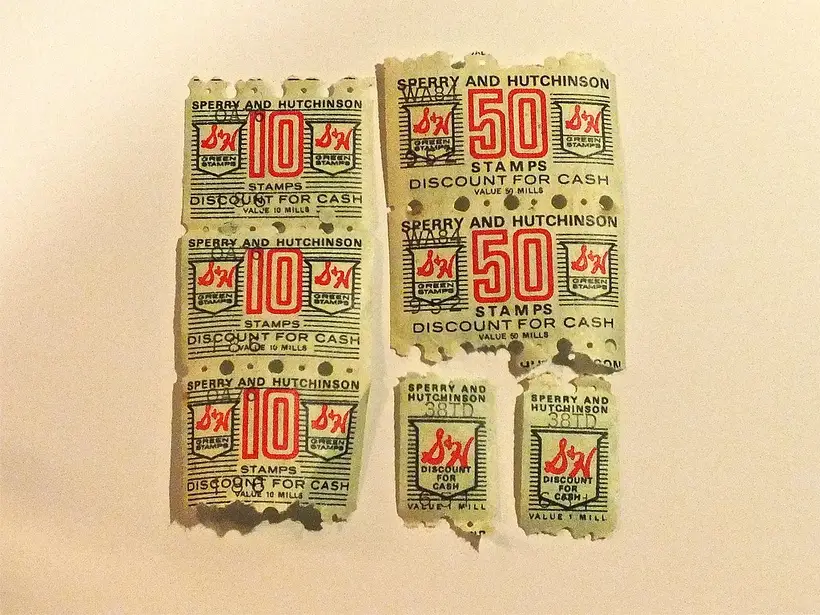
Remember the satisfaction of getting those sticky green stamps at the grocery store or gas station? We’d lick them (or sometimes use a sponge) and carefully stick them into those little books, saving them for everything from toasters to lawn chairs. Families would spend months collecting stamps, and the reward catalogs felt like a treasure trove. You could even trade them in for gifts at S&H Green Stamp redemption centers! It was a simple, fun way to save, and the excitement of flipping through the catalog to pick your reward is something today’s digital coupons just can’t match.
2. Christmas Clubs: The Old-School Way to Budget for the Holidays

Christmas Clubs were a no-nonsense way to make sure the holidays didn’t break the bank. You’d open an account at the bank, and each week, you’d deposit a small amount of money to save for Christmas presents. It wasn’t glamorous, but it worked! You’d get a check at the end of the year just in time for holiday shopping, and the best part was that it didn’t feel like a burden because you’d been chipping away at it bit by bit all year long. No credit card debt, no January regrets—just a simple way to ensure the holidays stayed merry.
3. Passbook Savings Accounts: Watching Every Penny Grow
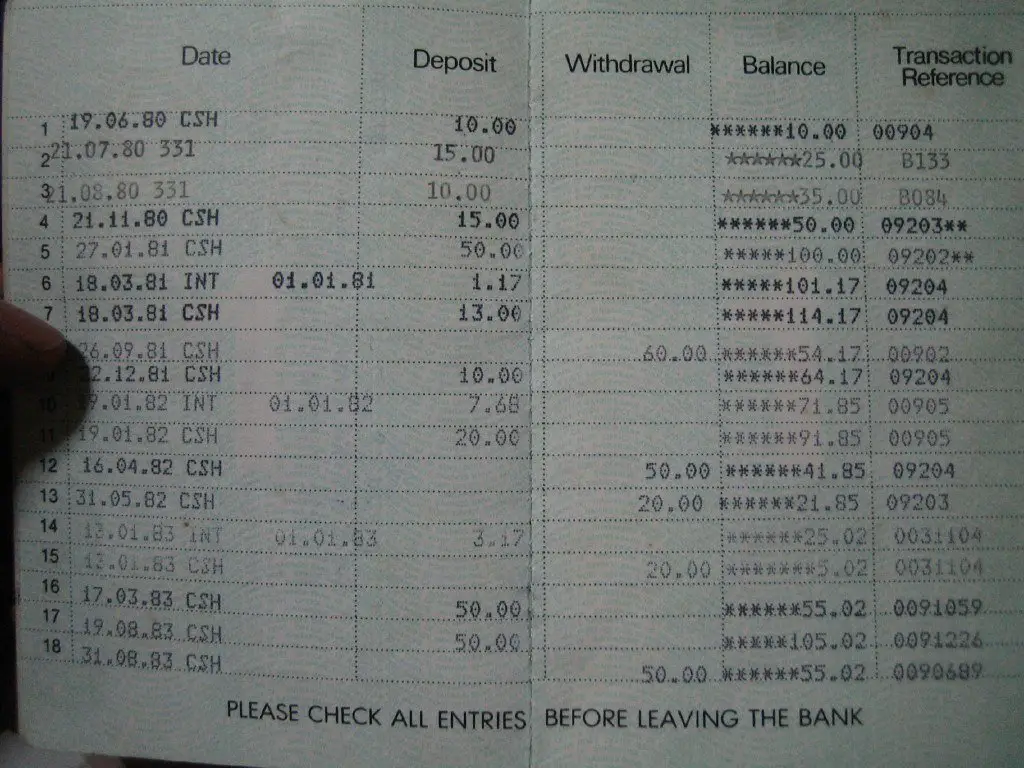
A trip to the bank with your little passbook was a rite of passage. We’d proudly hand it over to the teller, and they’d stamp it with each deposit. Watching that balance grow, even if it was just a few dollars at a time, felt so rewarding. It was a tangible, visible reminder of your hard work and discipline. Unlike today’s digital accounts where numbers change in an app, there was something special about flipping through the pages and seeing your progress written in ink.
4. Piggy Banks: The First Lesson in Saving
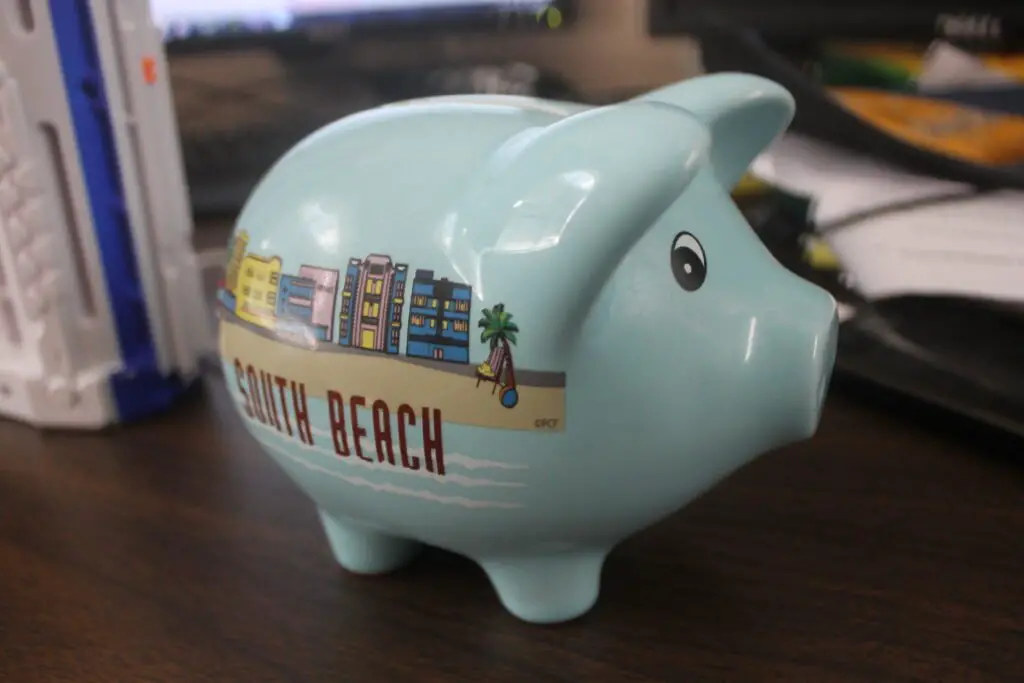
Most of us grew up with some kind of piggy bank—whether it was a traditional ceramic one or a plastic version shaped like a cartoon character. Every penny, nickel, and dime went straight into that slot, and the clink of the coins was a reminder that you were on your way to affording something special. Some piggy banks were so well-sealed you had to smash them to get the savings out! Today, kids have digital wallets and apps, but nothing compares to the old-school charm of shaking out coins from your trusty piggy bank.
5. Trading in Bottles for Cash: Instant Gratification
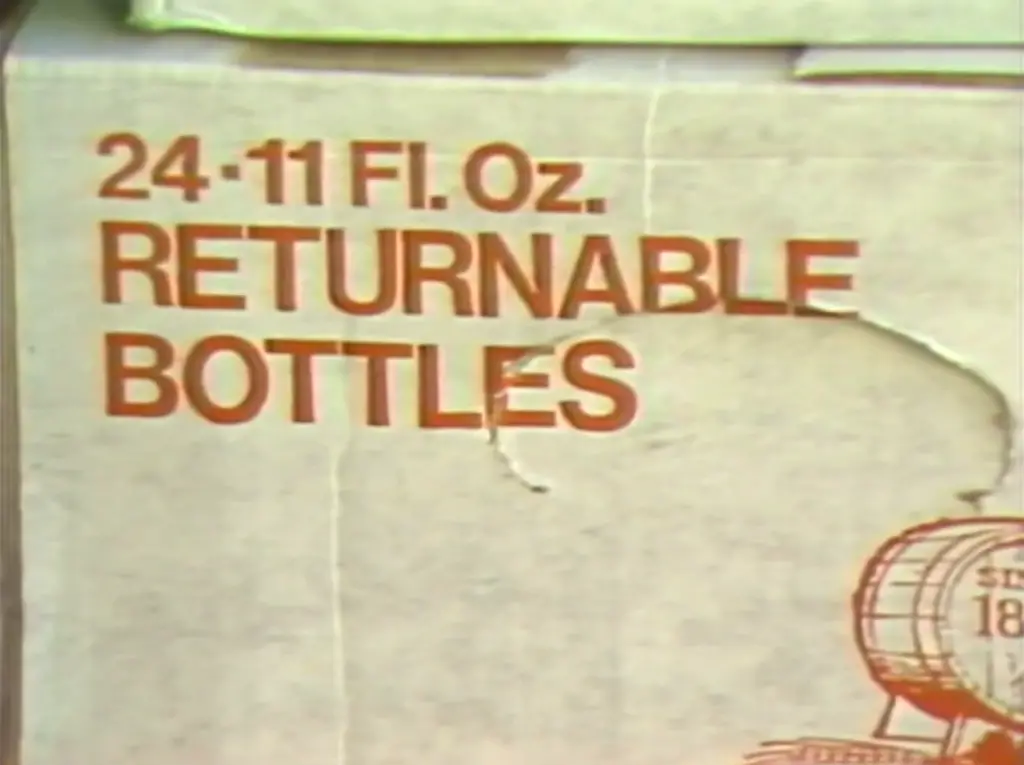
Before recycling programs became widespread, returning glass bottles to the store for a few cents was a common way to make some quick pocket change. You’d scavenge through the neighborhood for empty soda bottles, return them to the corner store, and leave with a couple of coins jingling in your pocket. It was a simple way to earn a little extra money, and it taught us the value of saving up for that special treat or toy.
6. Coupon Clipping: Stretching Every Dollar
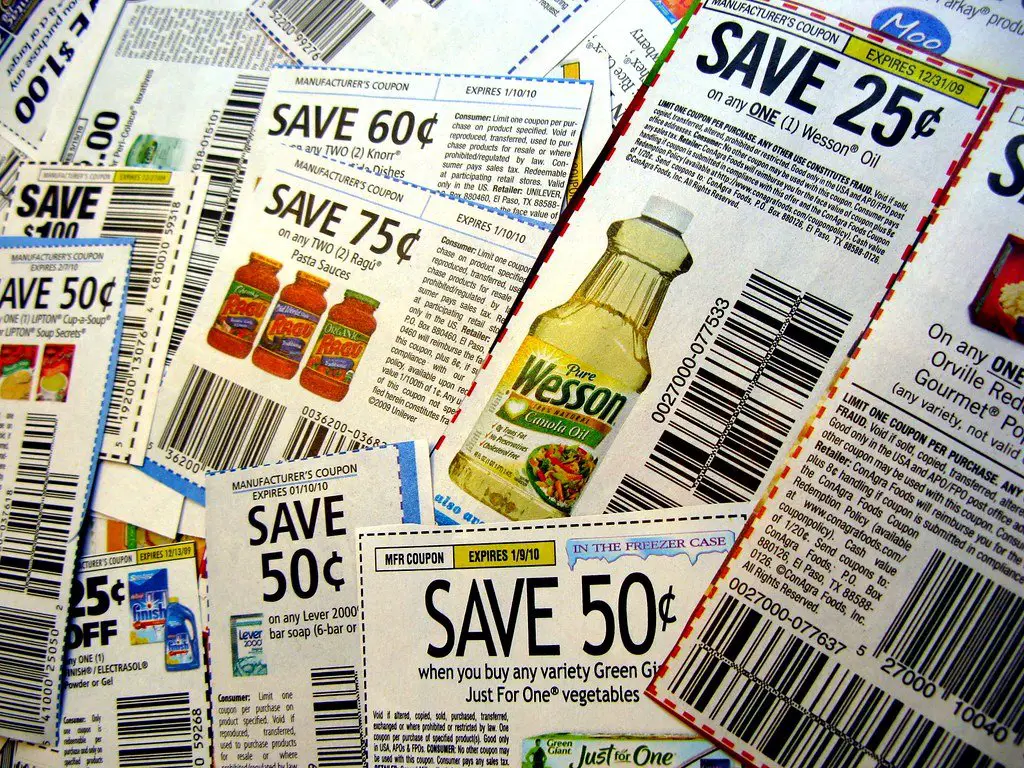
Saving money in the 70s wasn’t just about stashing pennies—it was also about being smart with what you had. Moms (and dads!) would clip coupons from newspapers and magazines like pros. We’d sit at the kitchen table, scissors in hand, cutting out coupons for groceries, cleaning supplies, and more. Every cent saved mattered, and at the checkout line, there was nothing more satisfying than seeing the price drop as those little pieces of paper were scanned. It was a hands-on approach to saving that taught us the importance of stretching a dollar.
7. Saving Stamps and Labels for Prizes
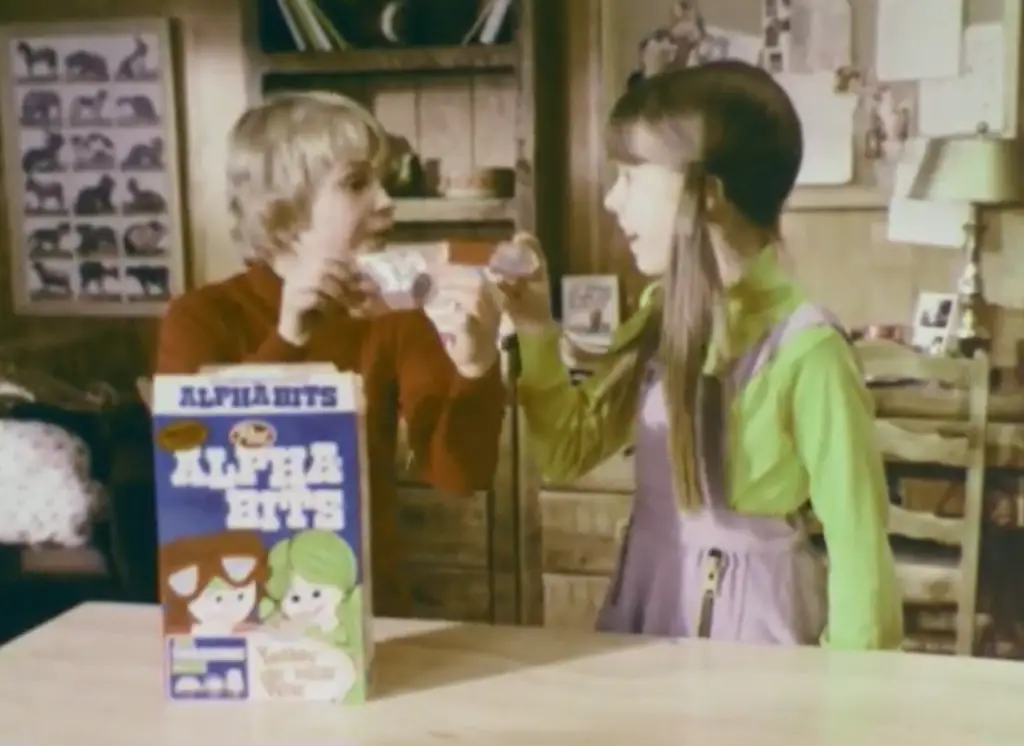
Back in the day, collecting stamps or labels from certain products was another way we saved and earned rewards. Whether it was box tops from cereal or proof of purchases from detergent, companies often offered special prizes or cash in return for sending them in. It might’ve taken months to collect enough to send away for a prize, but when that package finally arrived in the mail, it felt like Christmas morning! This old-school saving technique combined patience and anticipation in a way that’s lost in today’s instant gratification culture.
8. Trading Books for Cash at Secondhand Stores
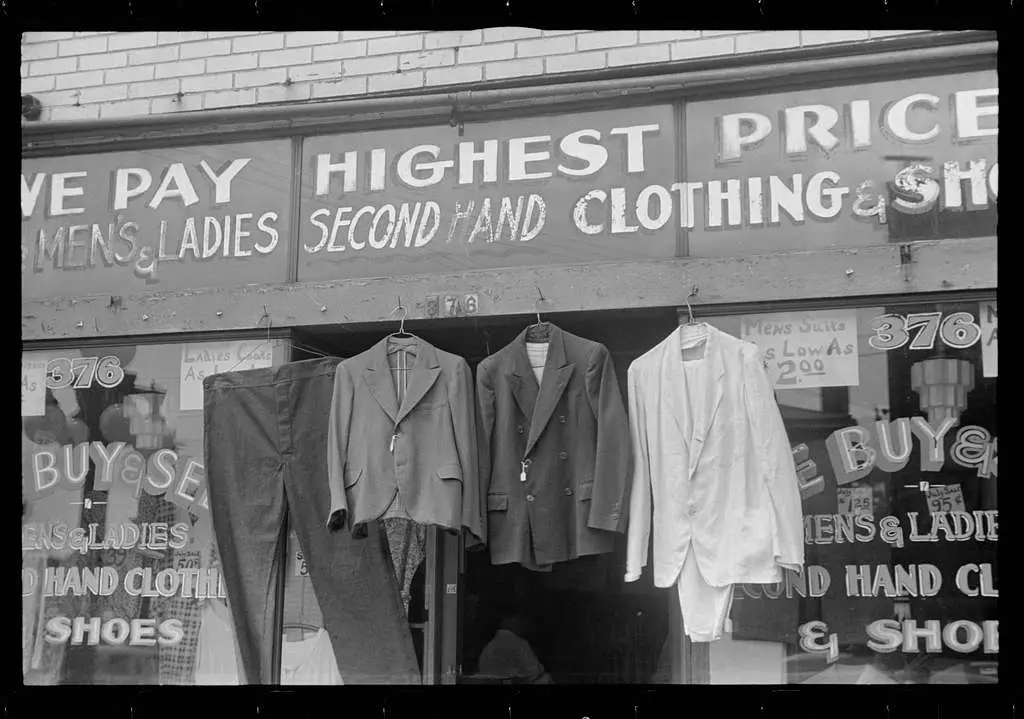
Many of us remember taking old books, comic books, or even records to secondhand stores to trade them in for a little cash. It wasn’t much, but it was an easy way to clear out your collection and make room for something new. Today, sites like eBay or online thrift stores handle this, but back then, it was all about browsing through those shelves in person and getting that small payout for your once-loved treasures.
9. Bank Books for Kids: Learning the Value of a Dollar Early
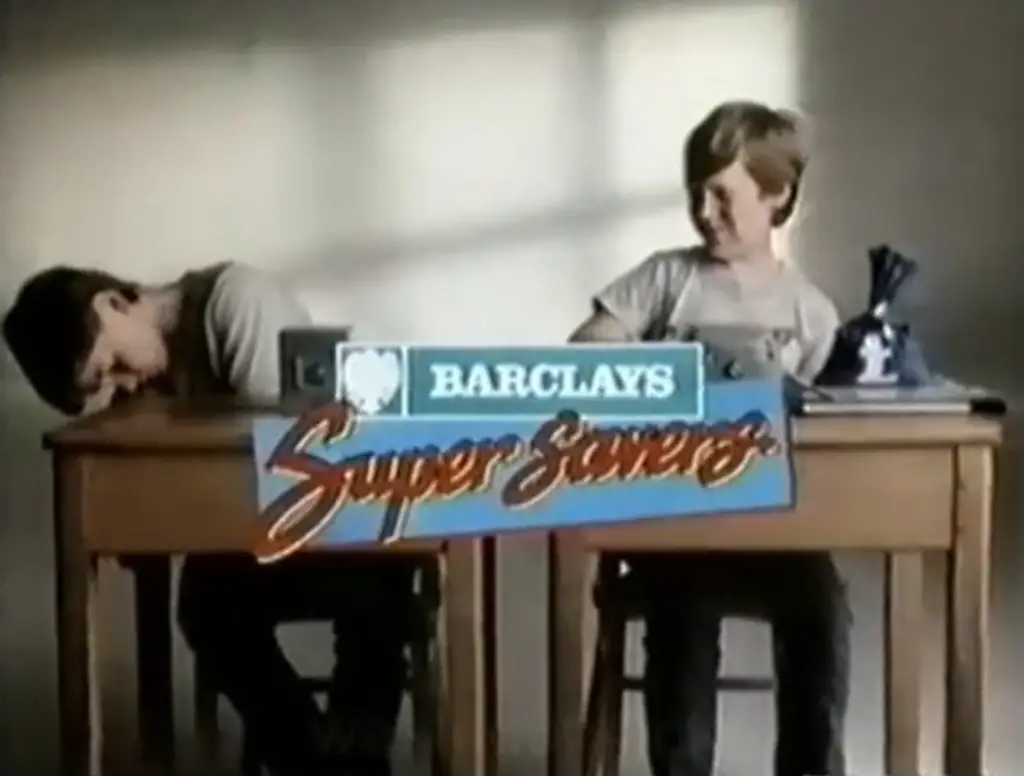
Banks often offered special savings programs for kids, complete with personalized passbooks. You’d bring in your birthday money or your paper route earnings, and the teller would write it down in your book, adding a few pennies in interest. It was a smart way to teach kids about saving, and seeing those little increments grow was a powerful lesson in patience and planning for the future. Sure, interest rates were higher back then, but it was more about building good habits.
10. Layaway: Buying Now, Paying Later (Responsibly)
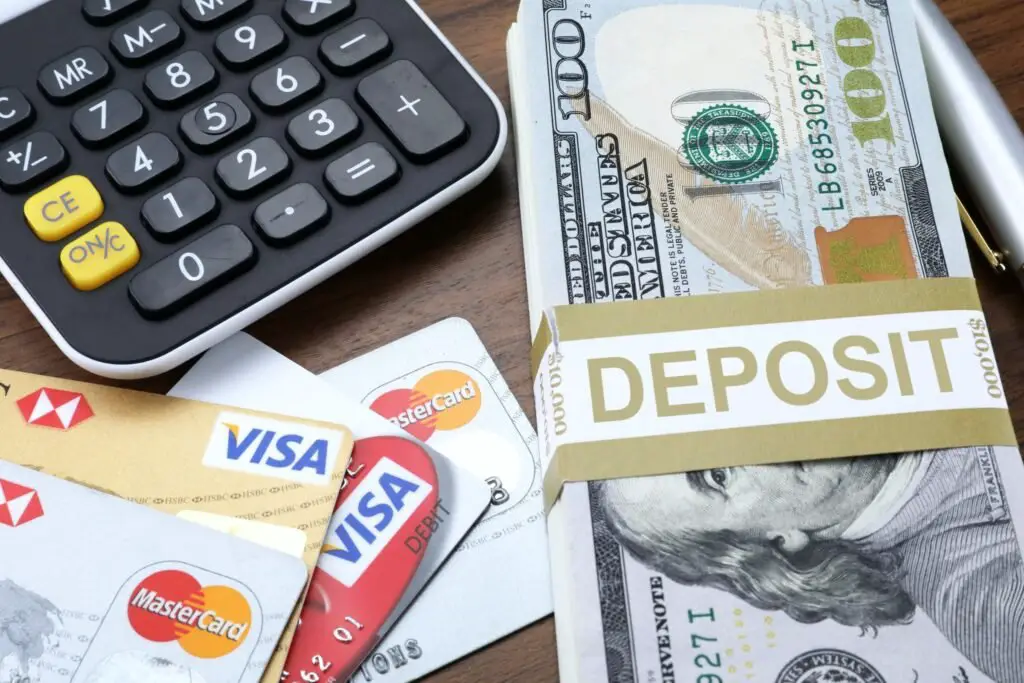
Before credit cards took over, layaway was the way to go when you couldn’t afford something outright. You’d pick out the item you wanted, pay a small deposit, and make payments over time until you could take it home. It was a simple and responsible way to budget for big purchases, like that new winter coat or a holiday gift. No debt, no interest, just good old-fashioned saving up. While some stores still offer layaway today, it’s nowhere near as common as it was in the 70s.
11. Rolling Coins for the Bank

Another classic way to save up was collecting loose change and rolling it into those paper coin sleeves. There was something satisfying about counting out your pennies, nickels, dimes, and quarters, and neatly tucking them into rolls. Once you had enough, you’d take them to the bank to deposit, and suddenly that spare change turned into real savings. Today, Coinstar machines do the hard work for you, but back then, this was a slow and steady way to build up your piggy bank.
12. Saving in Gas and Grocery Rewards Programs
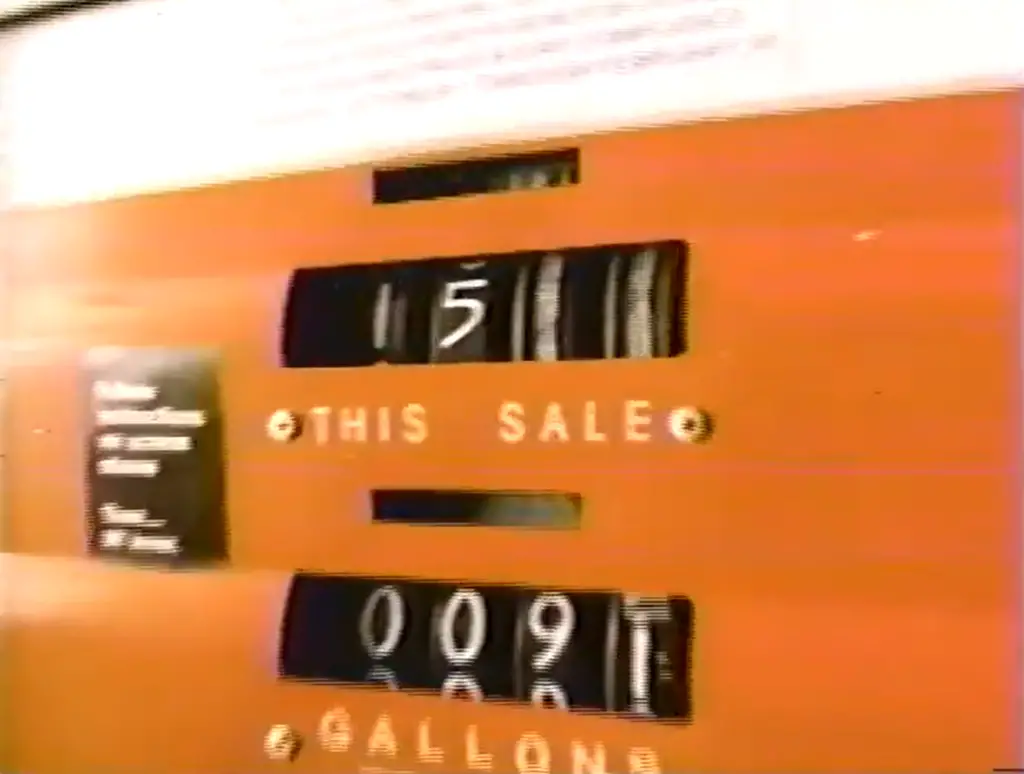
Though we often associate rewards programs with today’s supermarket loyalty cards, gas stations and grocery stores in the 70s had their own versions. Whether it was getting gas station stamps or grocery store “double coupons,” we were always on the lookout for ways to save. The idea of earning something extra for buying everyday essentials made us feel like savvy savers long before cash-back apps took over the scene.
Saving money back in the 70s wasn’t just a practical necessity; it was an art form. Whether it was collecting Green Stamps or methodically saving in a passbook account, these methods taught us the value of patience, planning, and stretching a dollar. While today’s digital world has streamlined savings, nothing quite matches the satisfaction of slowly watching your efforts pay off—one penny at a time.


